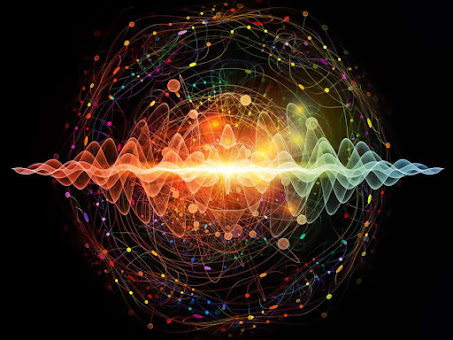Aspects of Reality Versus the Entirety - Ch. 2 The Origin of Philosophy by Jose Ortega y Gasset
Ch. 2 - Aspects and the Entirety
In chapter two, Gasset brings in connections to both the Phenomenological and Pragmatic schools ofphilosophy, both of which were popular in his time, in discussing the idea of "truth." He starts out with a simple, but often passed over notion, the idea that even the simplest thing around us is incomprehensibly complex. He makes the point that even the table you're sitting at is not the same thing each time you look at it. We often ignore so much of what the table is, but if you purposefully and quietly begin to examine it closely, from glance to glace, you will find that each successive glance "reveals" something new to you about that object. This complexity also sparks new thought and ideas within us each time. Philosophy too is like this. It is not something that can be captured on the first try of ideas. Rather, it is a Platonic dialectic; it is something that has to be worked out over time through many successive glances and attempts. 1This scene [lookin at the wall] would be reproduced indefinitely is he continued to gaze at the wall indefinitely, the latter, like an inexhaustible spring of reality, would keep issuing forth unsuspected contents in a never-ending process of self-revelation. 2
"Aspects" and the Incompleteness of our Knowledge of Reality
Here is where Gasset brings in a notion from the Pragmatists. He says that because we cannot graspeven the simplest thing in reality in one successive glance, so to speak, we must therefore be drawn back and back again to reality and our understanding of it. Our concepts of reality are incomplete, they are "views" which are woefully lacking. 3 History, then, is something like a view count or the limited number of attempts man has made at understanding reality. These incomplete views of reality Gasset calls its "aspects." 4The Metaphysical "Entirety"
Our ideas, these aspects, are only the faces or masks that reality wears, not the underlying metaphysical or ontological unity that sustains these faces. And here is Gasset's critique of the Phenomenologists. He references Aristotle and St. Thomas Aquinas in their claim that there must be a metaphysical grounding underneath these appearances which is the thing in its "entirety" or unity, and not just some psychological existence in our minds as a mental appearance. 5
According to the popular expression, we would say that the 'aspect' is the 'face shown' by reality. Reality puts it on for us. If it were possible to integrate the countless 'aspects' of a thing, we would be able to fathom the thing itself, for the thing is the 'entirety.' Since this is impossible, we must be content with possessing merely 'aspects' of the thing and not the thing itself - as Aristotle and Saint Thomas believed. 6
Continuing his critique, he says that today we have equated the "thing" with the idea in our mind, and
the idea in our mind with some psychological function, and thus have stripped any metaphysical grounding from things. 7 Rather, the "language of being" directs to us the "language of knowing" in the mind. 8...metaphysical phenomenon - which are not mysterious or supernatural, but of the simplest, most ordinary and everyday order - are the truest phenomena or 'facts' in existence, having precedence over all 'scientific facts,' which assume the existence of the former. 9
Error as Mistaken Notion of Truth
Gasset concludes chapter two with an caveat to the Thomistic idea of truth as "the conformity to reality." He says that the pitfall is to assume too much, that we have some notion of the unity or completeness, the "entirety" of reality when in fact we do not. Rather, all we have are these glances, these aspects, which constitute true, but incomplete truths at best, and thus we must continue on in the search for truth in philosophy. 10
----------------
1 - 38,39
2 - 39
3 - 40
4 - 41
5 - 42
6 - 42
7 - 43
8 - 44
9 - 43
10 - 45, 46






Comments
Post a Comment